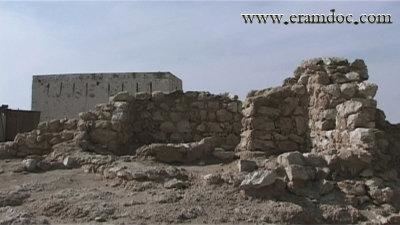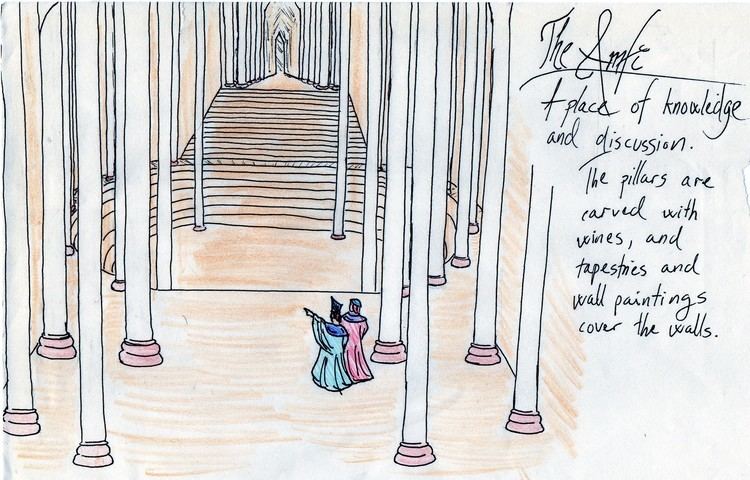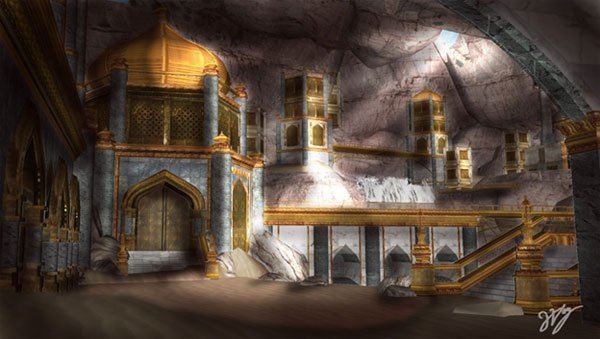 | ||
The lost city of iram of the pillars only mentioned in quran
Iram of the Pillars (Arabic: إرَم ذات العماد, Iram dhāt al-ʿimād), also called "Aram", "Irum", "Irem", "Erum", or the "City of the tent poles," is a reference to a lost city, country or area mentioned in the Qur’an.
Contents
- The lost city of iram of the pillars only mentioned in quran
- Minecraft timelapse iram of the pillars
- Introduction
- Literature
- Video games
- Tabletop role playing games
- References
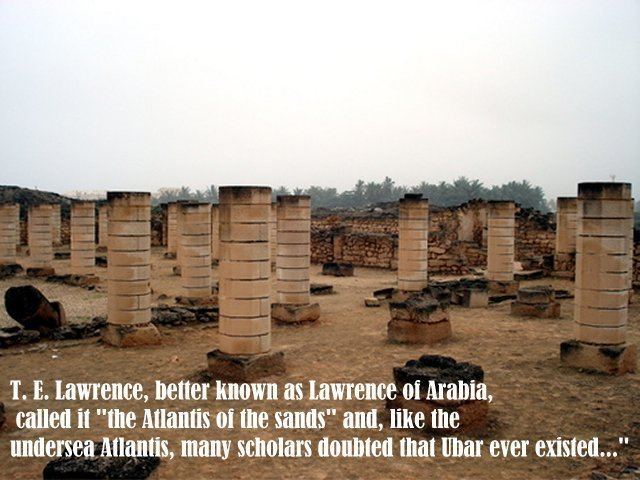
Minecraft timelapse iram of the pillars
Introduction

The Qur’an, written in the 7th century CE, mentions Iram in connection with ‘imad (Arabic: عـمـاد, pillars) [Qur'an: The Dawn 89:7]:
The Quran, chapter 89 (Al-Fajr), verse 6 to 14:
6: Have you not considered how your Lord dealt with ‘Aad -
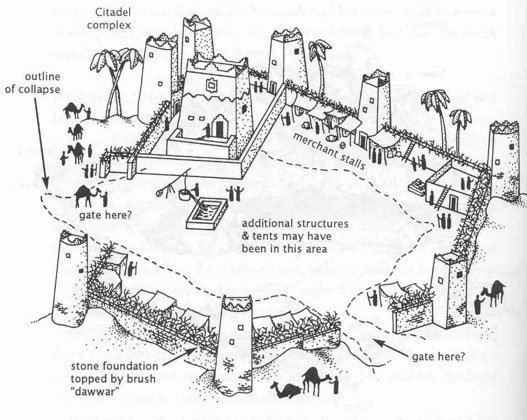
7: [With] Iram – who had lofty pillars, 8: The likes of whom had never been created in the lands 9: And [with] Thamud, who carved out the rocks in the valley? 10: And [with] Pharaoh, owner of the stakes? – 11: [All of] whom oppressed within the lands 12: And increased therein the corruption. 13: So your Lord poured upon them a scourge of punishment.
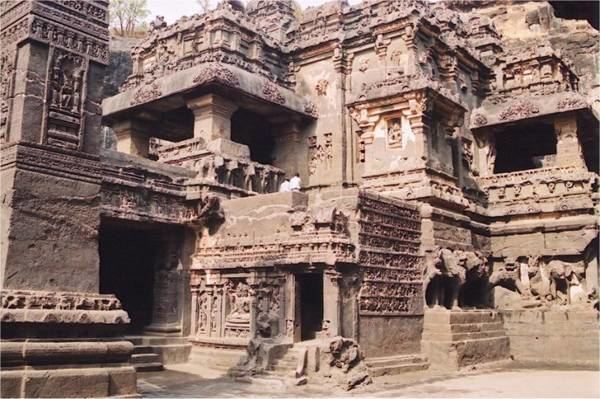
There are several explanations for the reference to "Iram – who had lofty pillars". Some see this as a geographic location, either a city or an area, others as the name of a tribe. Those identifying it as a city have made various suggestions as to where or what city it was, ranging from Alexandria or Damascus to a city which actually moved or a city called Ubar. As an area it has been identified with the biblical Aram, son of Shem and the biblical region known as Aram. It has also been identified as a tribe, possibly the tribe of ʿĀd, with the pillars referring to tent pillars.
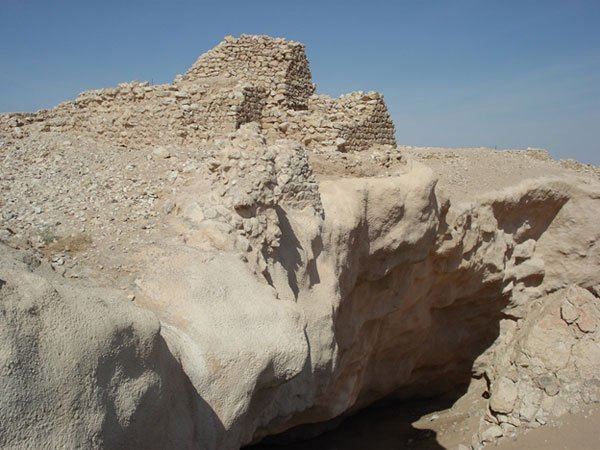
"The identification of Wadi Rum with Iram and the tribe of ‘Ad, mentioned in the Qur’an, has been proposed by scholars who have translated Thamudic and Nabataean inscriptions referring to both the place Iram and the tribes of ‘Ad and Thamud by name."
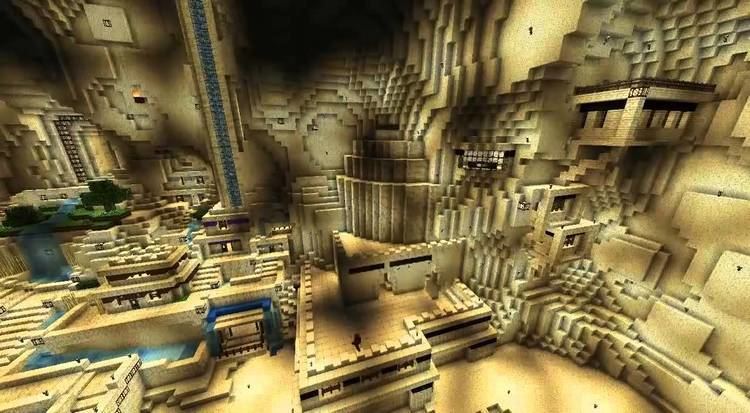
According to some Islamic beliefs, King Shaddad defied the warnings of the prophet Hud and God smote the city, driving it into the sands, never to be seen again. The ruins of the city lie buried somewhere in the sands of al-Rub' al-Khali (Arabic: الـربـع الـخـالي, the Empty Quarter). Iram became known to Western literature with the translation of The Book of One Thousand and One Nights.
Literature

Video games
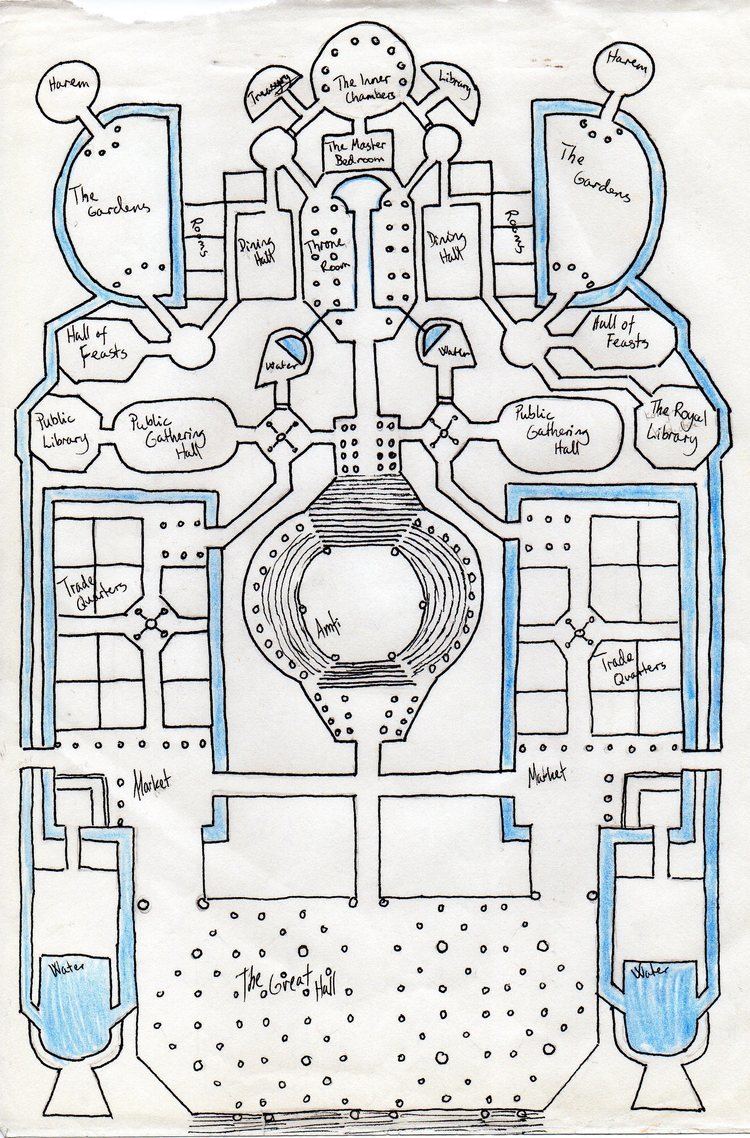
Tabletop role-playing games
